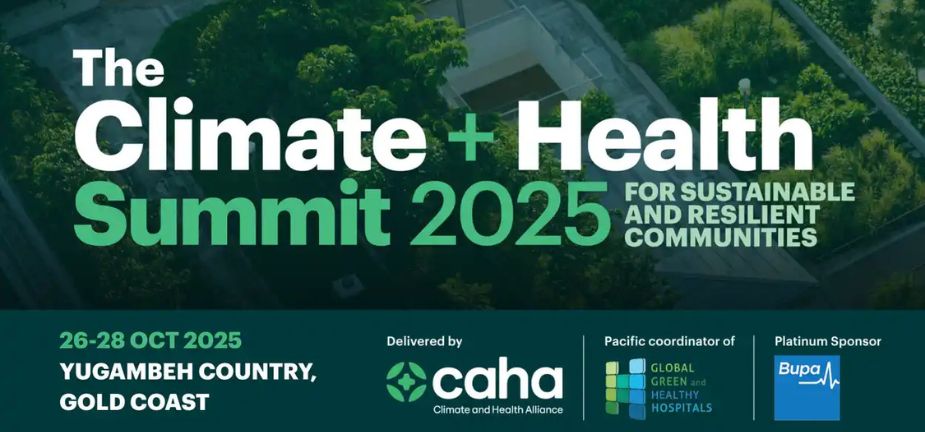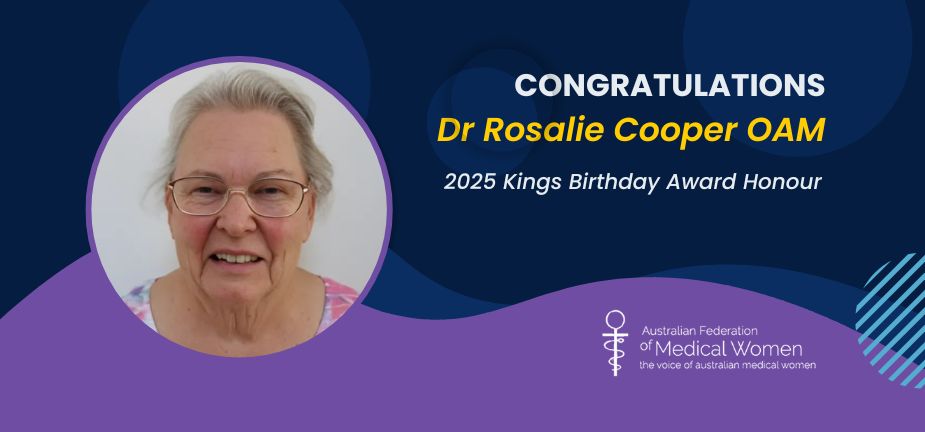This Sydney Morning Herald article discusses how traffic pollution may be causing more than 11,000 deaths in Australia every year, a figure five times higher than previously estimated and 10 times the number who die in road crashes. (photo: “Lisel Thomas of Melbourne’s Yarraville believes traffic pollution makes her asthma worse.” – credit Simon Schluter)
‘The hidden road toll: Pollution may kill 10 times more than crashes’
Traffic pollution may be causing more than 11,000 deaths in Australia every year, a figure five times higher than previously estimated and 10 times the number who die in road crashes.
Leading health groups say urgent action is needed in light of growing evidence that suggests rates of heart disease, lung cancer, stroke, diabetes, childhood asthma and early death caused by road pollution have been vastly underestimated.
An expert position statement to be released by the Melbourne Climate Futures centre at the University of Melbourne on Friday says Australia has no robust figures about the true health impact of pollution from cars, trucks and other vehicles to guide policy decisions.
Fine particulate matter released from vehicle exhaust pipes can cause a range of respiratory, neurological and cardiovascular diseases, as well as adverse birth outcomes and diabetes.
Various estimates have previously suggested this exhaust-pipe pollution causes no more than 2000 deaths a year. But the new expert position statement says Australia has never considered the impact of nitrogen dioxide (NO₂) from vehicle emissions.
“What we’re finding now from international studies is that they’re both important, and in particular, we’ve underestimated the harmful effects of nitrogen dioxide,” said Dr Vicki Kotsirilos, a GP and an associate professor at Western Sydney University, who reviewed the expert statement on behalf of Doctors for the Environment Australia.
The estimate is based on the findings of a New Zealand government study released last year that considered the effects of NO₂ from vehicle pollution for the first time. NO₂ can cause respiratory damage, increasing the risk of infections, asthma and chronic lung disease.
That peer-reviewed research found 2200 people die prematurely in New Zealand every year due to the pollution – a conclusion the research team said startled even them.
Applied to Australia, the findings suggest vehicle emissions cause 11,105 premature deaths, 12,210 cardiovascular hospitalisations, 6840 respiratory hospitalisations, and 66,000 childhood asthma cases every year. Last year, 1187 people died on Australian roads
Lisel Thomas, who has lived in Yarraville for 20 years, said she was not surprised to hear the health cost of road pollution may have been underestimated. Residents in the inner-western Melbourne suburb live with heavy pollution from trucks serving the Port of Melbourne and higher than average rates of lung and heart conditions.
“We’ve got young families in this area, as well as other people with chronic health conditions being really badly impacted by something where there are solutions,” Thomas said. “It just makes me feel really upset that 20 years down the track, the problem is still here.”
Thomas, 55, said she believed road pollution triggered her asthma – she had a flare-up as soon as she returned home from overseas last week – and may have also caused her now-adult son to develop the condition.
Cities such as London, Tokyo, Beijing, Barcelona and Madrid have banned older, dirtier trucks from residential areas.
“Part of having those things happen is people understanding, with hard data, what the impact is of cars and trucks and other vehicles on their health,” she said.
Australia is one of the only developed nations without laws controlling how much pollution new vehicles can emit, a situation experts say has turned the country into a dumping ground for dirtier cars. Average emissions from new passenger vehicles sold here are 45 per cent higher than for those sold in Europe, according federal environment department.
Melbourne University health and air pollution researcher Clare Walter, who co-authored the report, said Australia should conduct its own comprehensive research.
But she said there was no reason why the New Zealand results would not apply to Australia, considering the two countries have similar fuel quality, vehicle regulations, rates of urbanisation and underlying population health.
“There’s every reason to think the New Zealand figures, if anything, possibly underestimate the Australian context,” Walter said.
Asthma Australia, the Heart Foundation, Lung Foundation and the Australian Chronic Disease Prevention Alliance, whose members include the Cancer Council and Stoke Foundation, have endorsed the statement.
The Albanese government has been working on introducing fuel efficiency standards and increasing Australia’s globally slow uptake of electric vehicles as part of its climate change policies. Passenger vehicles contribute about 10 per cent of Australia carbon emissions.
Western Sydney University’s Vicki Kotsirilos said that along with vehicle emissions standards, Australia had not implemented other strategies used elsewhere to limit the effect of vehicle emissions, such as “anti-idling” laws, low-emissions zones and pollution barriers around schools.
“As soon as we inform the public that these vehicle emissions are so toxic to human health, then all it takes is simple strategies,” Kotsirilos said.
Walter said the lack of recognition of the full cost of road pollution was leading to policy failures in government, from emissions standards to urban planning.
“We’ve got a lot of people that are affected by vehicle emissions, but I haven’t seen any sort of public awareness campaigns or preventative strategies,” Walter said.
“You wouldn’t put your child in a daycare centre with people smoking cigarettes indoors, but we’ve got no problem putting them next to a major road.”
Walter and Dr Kelvin Say wrote the report in consultation with Kotsirilos; Associate Professor Lou Irving, a respiratory physician at the MacCallum Cancer Centre; and Dr Ben Ewald and Dr Graeme McLeay from Doctors for the Environment Australia.
Patrick Hatch
CREDITS:
Original article – The Sydney Morning Herald);
Photo – SIMON SCHLUTER
Associate Professor Magdalena Simonis AM is a Past President of the AFMW (2020-2023), former President of VMWS (2013 & 2017-2020) and current AFMW National Coordinator (2024-2026). She is a full time clinician who also holds positions on several not for profit organisations, driven by her passion for bridging gaps across the health sector. She is a leading women’s health expert, keynote speaker, climate change and gender equity advocate and government advisor. Magda is member of The Australian Health Team contributing monthly articles.
Magdalena was awarded a lifetime membership of the RACGP for her contributions which include past chair of Women in General Practice, longstanding contribution to the RACGP Expert Committee Quality Care, the RACGP eHealth Expert Committee. She is regularly invited to comment on primary care research though mainstream and medical media and contributes articles on various health issues through newsGP and other publications.
Magdalena has represented the RACGP at senate enquiries and has worked on several National Health Framework reviews. She is author of the RACGP Guide on Female Genital Cosmetic Surgery and co-reviewer of the RACGP Red Book Women’s Health Chapter, and reviewer of the RACGP White book
Both an RACGP examiner and University examiner, she undertakes general practice research and is a GP Educator with the Safer Families Centre of Research Excellence, which develops education tools to assist the primary care sector identify, respond to and manage family violence . Roles outside of RACGP include the Strategy and Policy Committee for Breast Cancer Network Australia, Board Director of the Melbourne University Teaching Health Clinics and the elected GP representative to the AMA Federal Council. In 2022. she was award the AMA (Vic) Patrick Pritzwald-Steggman Award 2022, which celebrates a doctor who has made an exceptional contribution to the wellbeing of their colleagues and the community and was listed as Women’s Agenda 2022 finalist for Emerging Leader in Health.
Magdalena has presented at the United Nations as part of the Australian Assembly and was appointed the Australian representative to the World Health Organisation, World Assembly on COVID 19, by the Medical Women’s International Association (MWIA) in 2021. In 2023, A/Professor Simonis was included on the King’s COVID-19 Champion’s list and was also awarded a Member (AM) in the General Division for significant service to medicine through a range of roles and to women’s health.










